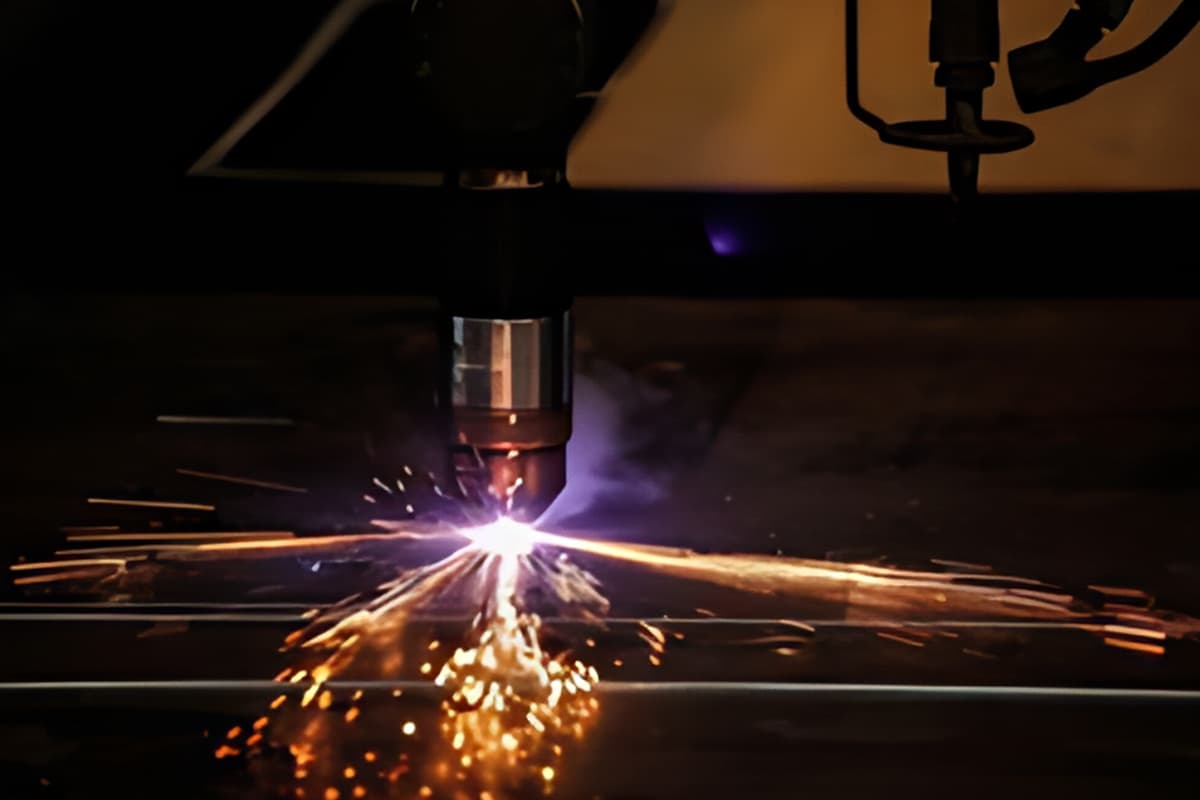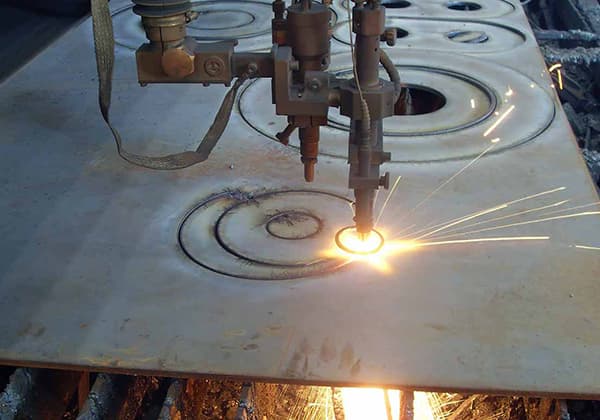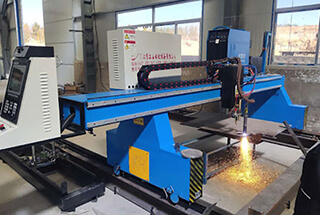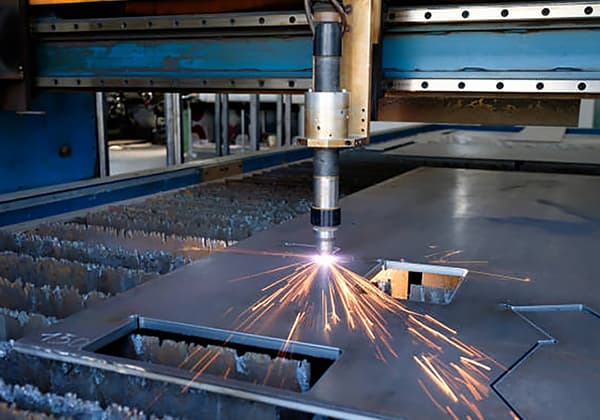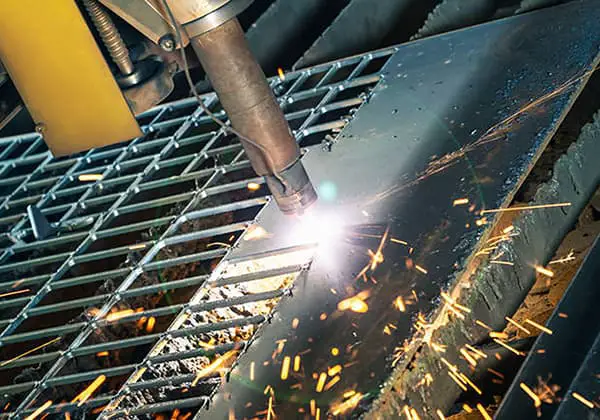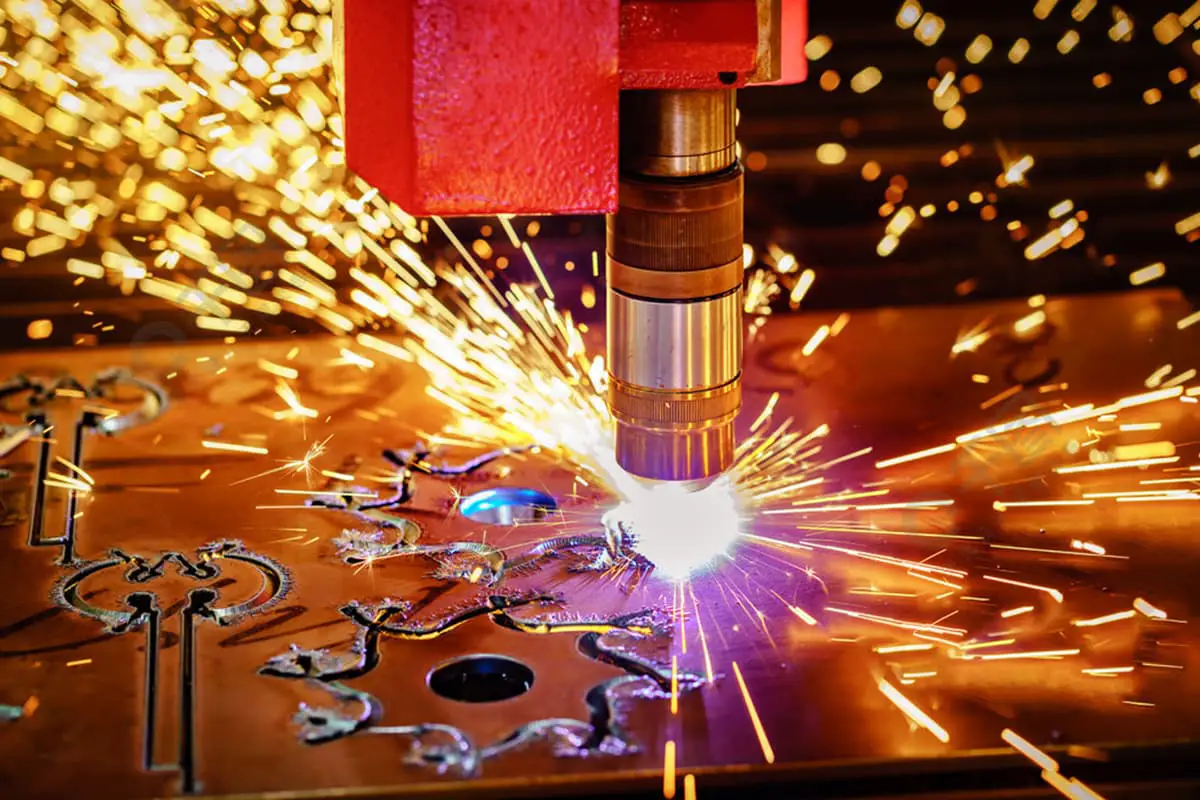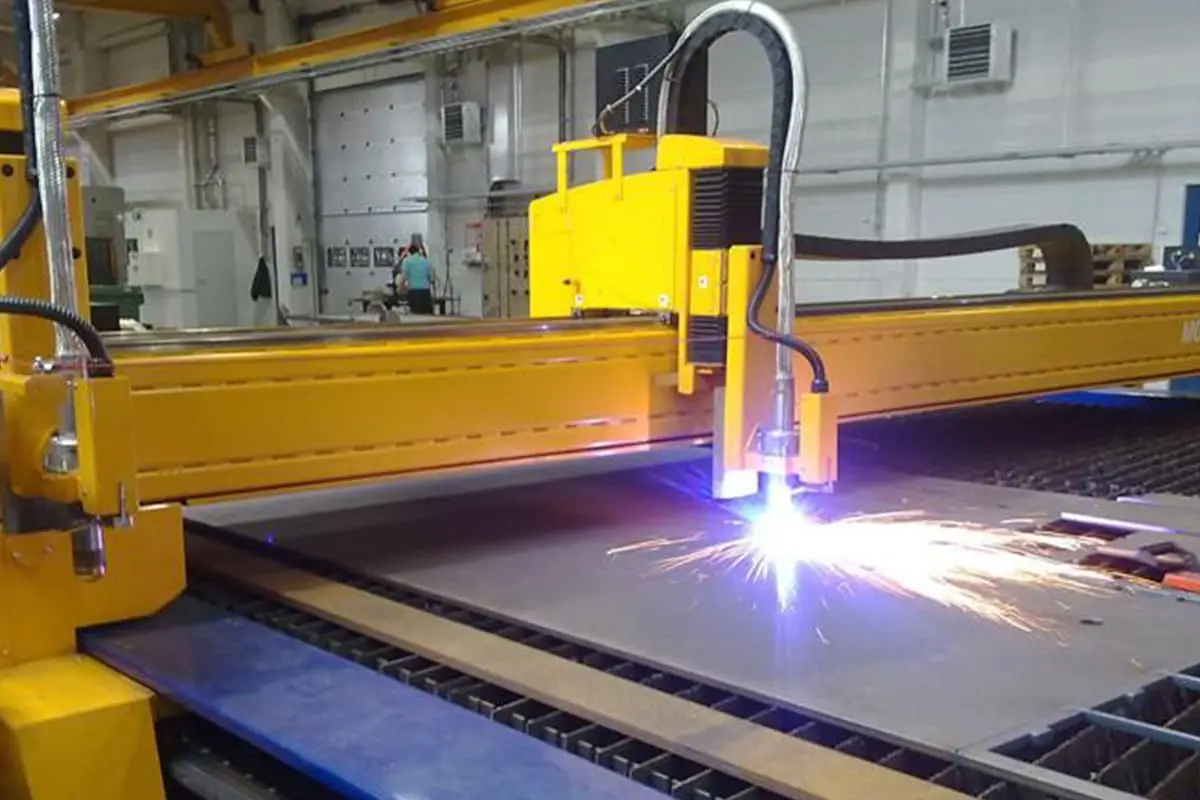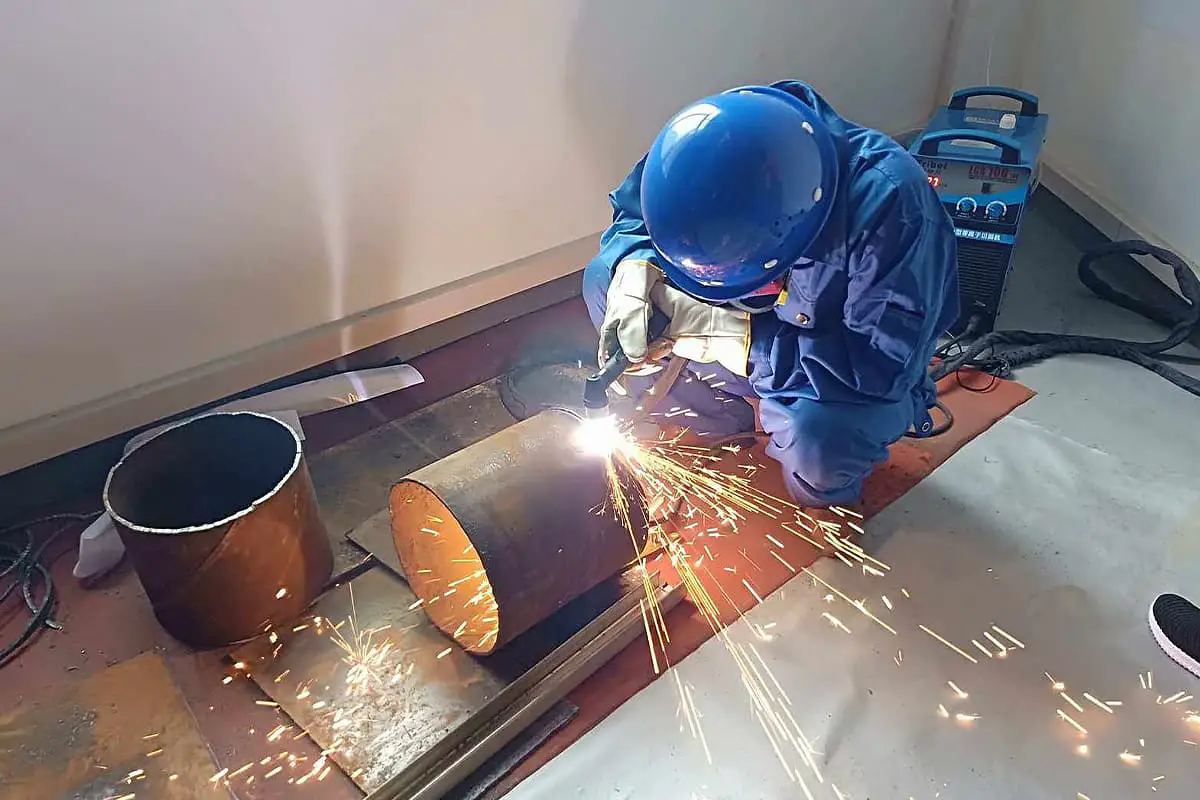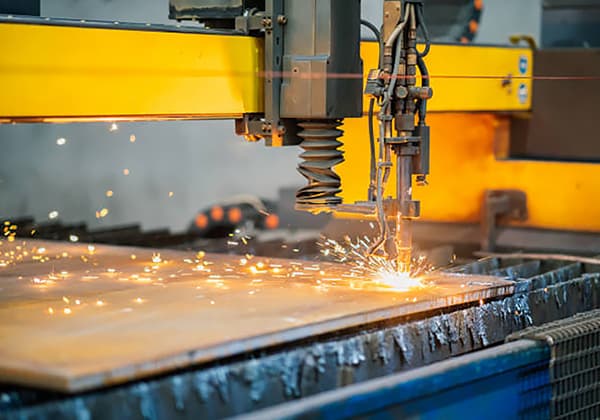
Imagine cutting through thick metal with precision and speed, creating intricate designs effortlessly. Plasma arc cutting makes this possible by utilizing ionized gas and an electric arc. This article delves into the essentials of plasma arc cutting, exploring its advantages over traditional methods, equipment needed, and optimal gas types. Discover how this technique can transform your metalworking projects, enhancing both efficiency and quality. Dive in to learn about the capabilities and practicalities of plasma arc cutting, and elevate your cutting skills to new heights.
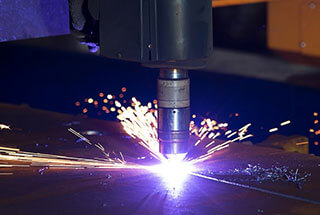

The type of ionic gas used determines the cutting voltage. When the current remains constant, a higher voltage results in a greater cutting thickness and speed. When cutting thick materials, it is more efficient to adjust the ionic gas composition to increase the cutting voltage, rather than increasing the current.
However, it’s important to note that the arc may extinguish if the cutting voltage exceeds 2/3 of the power supply’s no-load voltage. To prevent this, the no-load voltage of the power supply should be at least twice the arc voltage.
The most commonly used ionic gas for cutting is nitrogen, with an arc voltage of 150 to 200V. Other ionic gas mixtures include nitrogen-argon (arc voltage of 120 to 200V), nitrogen-hydrogen (arc voltage of 180 to 300V), and argon-hydrogen (arc voltage of 150 to 300V). The air arc voltage is typically 110 to 150V.
Due to its low cost and availability, air is widely used for cutting various materials.
The design of a plasma arc cutting gun is similar to that of a plasma arc welding gun. However, there are some key differences between the two.
One of the main differences is the channel ratio of the nozzle. The nozzle of a cutting gun has a much larger channel ratio compared to that of a welding gun. This design allows for a higher speed ionized gas flame to flow from the nozzle when cutting, which helps to melt the base metal and blow off the molten metal to create a cut.
Due to the strong cooling effect of the high-speed ionized gas, the nozzle of a cutting gun does not require water cooling. However, it is common for the cutting gun itself to be cooled with water.
Plasma arc cutting has several advantages over mechanical cutting, including the ability to cut thicker materials, greater flexibility in cutting patterns, and a simplified process for securing the workpiece. Additionally, plasma arc cutting uses concentrated energy to minimize deformation, and there is no need for preheating before cutting.
However, plasma arc cutting also has some disadvantages. It is less precise than mechanical cutting and can produce hazardous byproducts such as arc radiation, smoke, and noise during the cutting process. Additionally, plasma arc cutting equipment is more expensive than oxyacetylene flame cutting equipment.
Air plasma arc cutting is a cutting method that utilizes compressed air as an ionic gas to generate heat through arc ionization. This results in high enthalpy plasma under the influence of an electric field, which produces a large arc energy and fast cutting speed.
This method is versatile and can be used to cut a variety of materials, including non-ferrous metals such as aluminum alloys, as well as stainless steel and carbon steel. Additionally, air plasma arc cutting is cost-effective and has a readily available gas source. Currently, it is the most widely used cutting method in China.
The air plasma arc cutting system consists of three main components: the gas supply unit, the DC power supply, and the cutting gun.
The gas supply unit is equipped with a 1.5 to 2.2 kW air compressor, and requires a gas pressure of 0.3 to 0.6 MPa for cutting. The DC power supply has either a steep voltage drop or a slow voltage drop characteristic.
The gas source provides ionic gas to the cutting gun, which requires a high flow rate. As a result, the outlet pressure of the gas source used for cutting is significantly higher than that of the gas source used for welding.
The air plasma arc cutting equipment is primarily comprised of a gas circuit, a DC current source, and a cutting gun.
The equipment is classified based on its current capacity, and users should select the appropriate cutting machine for their needs based on the thickness of the material to be cut. The manufacturer provides guidelines for the recommended cutting thickness in the product manual, but it is possible to exceed these limits.
It’s important to note that as the cutting thickness increases, the cutting speed will decrease. This decrease in cutting speed not only reduces production efficiency, but also affects the cutting quality. Issues such as wider cutting seams, slag hanging on the back of the material, and other quality problems may arise.
From the perspective of improving cutting quality, it is generally best to have a faster cutting speed, as long as the cutting penetration is still ensured.
The relationship between cutting thickness and current is not solely determined by the current. The cutting voltage also plays a significant role.
The cutting voltage is mainly determined by the cutting gun and the flow of cutting gas. Currently, there are numerous manufacturers producing cutting machines, and each may use different cutting guns and gas circuits, even when producing machines with the same current level. This results in varying cutting voltages.
When the current is constant, the cutting voltage and thickness are positively correlated; a higher cutting voltage results in a greater cutting thickness. However, factory instructions typically only provide the no-load voltage, not the cutting voltage. The cutting voltage for air plasma arc cutting machines with a current range of 30 to 100A is typically between 110 to 150V.

